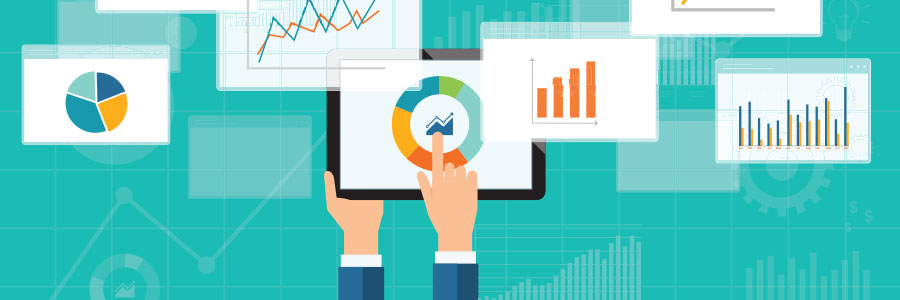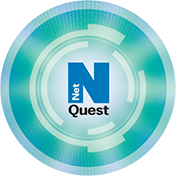The modern business environment demands agility and insight, and business intelligence (BI) provides both. Using BI tools, organizations can track performance metrics, identify inefficiencies, and refine their strategies. In this article, we explore how with the right data at their fingertips, your business can improve strategic planning, mitigate risks, and enhance overall customer satisfaction.
Why you need to leverage BI for competitive advantage
What are business phone systems capable of today?
From data to insights: How Power BI keeps businesses ahead
Use data analytics to manage backups

The amount of data that the average business manages is unprecedented. And with that shift comes an unavoidable challenge: Deciding which files and records are most important to business continuity. However, with a little creative thinking and implementation, you can ensure the security of your most critical data.
AI-based productivity coaching from O365
Office 365: Increase ROI with Power BI

As machine learning, digital storage, and analytics software get more advanced, data is becoming more valuable than ever. Even businesses that don’t rely on data to operate are starting to find ways to get more value out of their information. Microsoft’s newest platform is an excellent example of that -- and it’s free!
What is Power BI?
Released in the spring of 2016, Power BI is Microsoft’s business analytics platform.
Boost user productivity with MyAnalytics
Why analytics are important to data backups

The prevalence of digital data has become an integral part of life and business in modern times. Staggering amounts of data is generated every day and businesses have grown exponentially as they’ve found ways to monetize it. In fact, most experts agree that by the year 2020, there will be 1.7 terabytes of data generated per person on the planet.
How to use data to add business value

We all know that data is valuable. After all, the more we know about the inner workings of our business and how our customers behave, the better. But knowing that data is crucial in helping to move your organization forward, and knowing exactly how to use that information to do so are two very different things.






